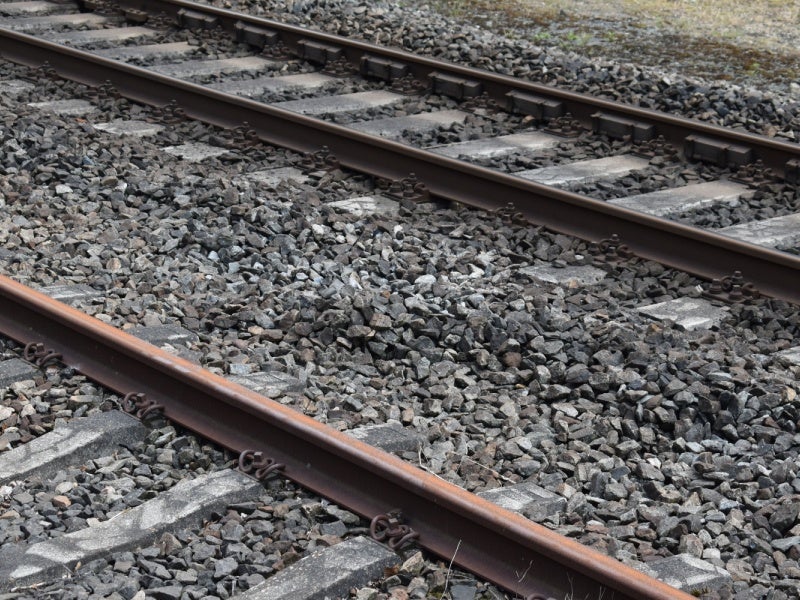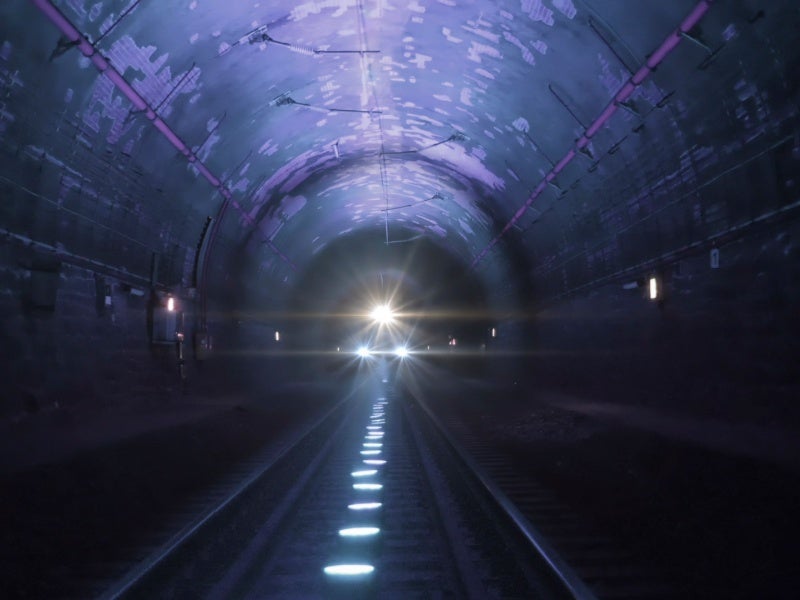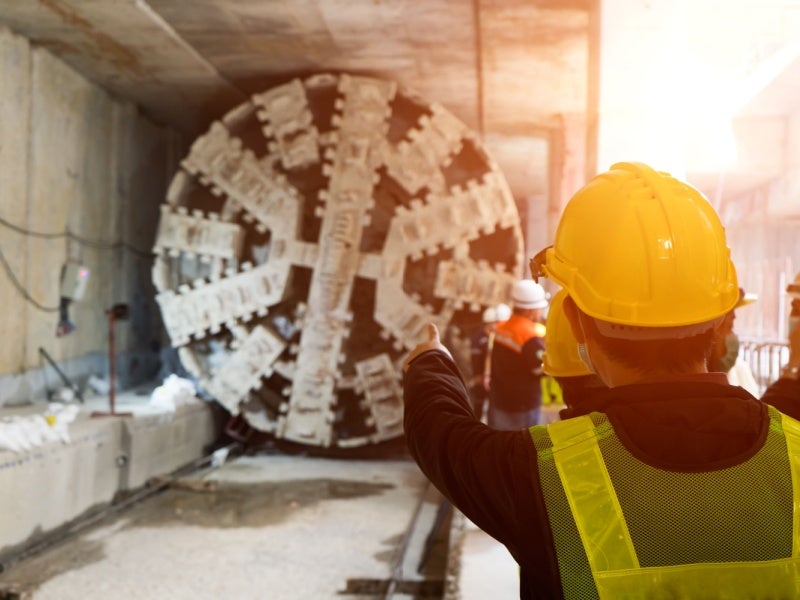The 77km Ningbo-Zhoushan high-speed railway project will connect the Zhoushan islands in Eastern China’s Zhejiang province with the mainland.
Construction on the Ningbo-Zhoushan high-speed railway project commenced in November 2022 and it is slated for completion in 2028. The project is being developed with an investment of approximately 27bn yuan ($4.12bn).
The high-speed railway line will feature rail-road infrastructure. Supporting both high-speed trains and road vehicles, it includes a railroad bridge that will set a record as the longest combined railway-highway bridge in existence.
Additionally, the undersea tunnel section of the project is anticipated to be the third longest of its kind in the world.
Once operational, the railway is expected to bolster the development of China’s Belt and Road Initiative and foster greater integration within the Yangtze River Delta region.
Ningbo-Zhoushan high-speed railway project details
The Ningbo-Zhoushan high-speed railway project route commences at Ningbodong station and concludes in Dinghai district on Zhoushan Island, incorporating seven stations along its path.
The double-line railway project is designed for trains travelling at speeds up to 250km/h, which will reduce travel times significantly. Upon completion, the journey between Ningbo to Zhoushan will take 26 minutes, and Hangzhou to Zhoushan will take 77 minutes.
Trains will traverse the Jintang Undersea Tunnel from Ningbo to Jintang Island and cross several sea bridges, such as the Xihoumen combined railway-highway bridge when navigating across maritime stretches.
Jintang undersea tunnel details
The Jintang undersea tunnel is an integral part of the high-speed rail link between Ningbo and Zhoushan in Zhejiang province. It will have a total length of 16.18km once complete and feature a shielded segment stretching 11.21km.
Tunnelling operations commenced at both termini of the tunnel, located in Ningbo and on Jintang Island, in May 2024.
The tunnelling operation uses two tunnel boring machines (TBMs) named Dinghai and Yongzhou. The two are anticipated to converge midway beneath the seabed. Tunnelling works are expected to reach depths up to 78m during the construction phase.
The TBM Dinghai boasts a diameter of 14.57m and weighs 4,350 tonnes (t) while Yongzhou has an excavation diameter of 14.57m, and weighs 4,350t.
The route will cut across the Jintang Channel, a significant water transportation route leading to Zhoushan Port in Ningbo. Challenges include navigating a dynamic marine ecosystem and avoiding hazards such as oil pipelines, sea defences, docks, and busy shipping lanes.
Xihoumen railway highway bridge details
The Xihoumen railway highway, which will serve both rail and road traffic as part of the Ningbo-Zhoushan railway, commenced construction in November 2022.
Spanning 3.11km with a deck width of 68m, the bridge features a main span of 1,488m using a cable-stayed-suspension design. The bridge will span the Xihoumen waterway, connecting Jintang Island and Cezi Island of the Zhoushan archipelago.
In January 2024, concrete was successfully poured into the bored piles forming the bridge’s central pier. These piles have been engineered with a diameter of 6.3m and a depth of 90m.
The bridge’s layout accommodates two central railway tracks flanked by three highway lanes on each side, all positioned at the same elevation.
Contractors involved
The design of the Xihoumen railway highway was undertaken by the China Railway Bridge Science Research Institute, a branch of the China Railway Group.
China Railway’s 14th Bureau Group is overseeing the undersea tunnelling operations.
Second Engineering from China Railway No.4 Engineering Group (CREC4) is tasked with constructing the Xihoumen railway highway bridge.
The China Railway Major Bridge Engineering Group, an affiliate of China Railway Group, is also responsible for the construction of the Xihoumen railway highway bridge.






